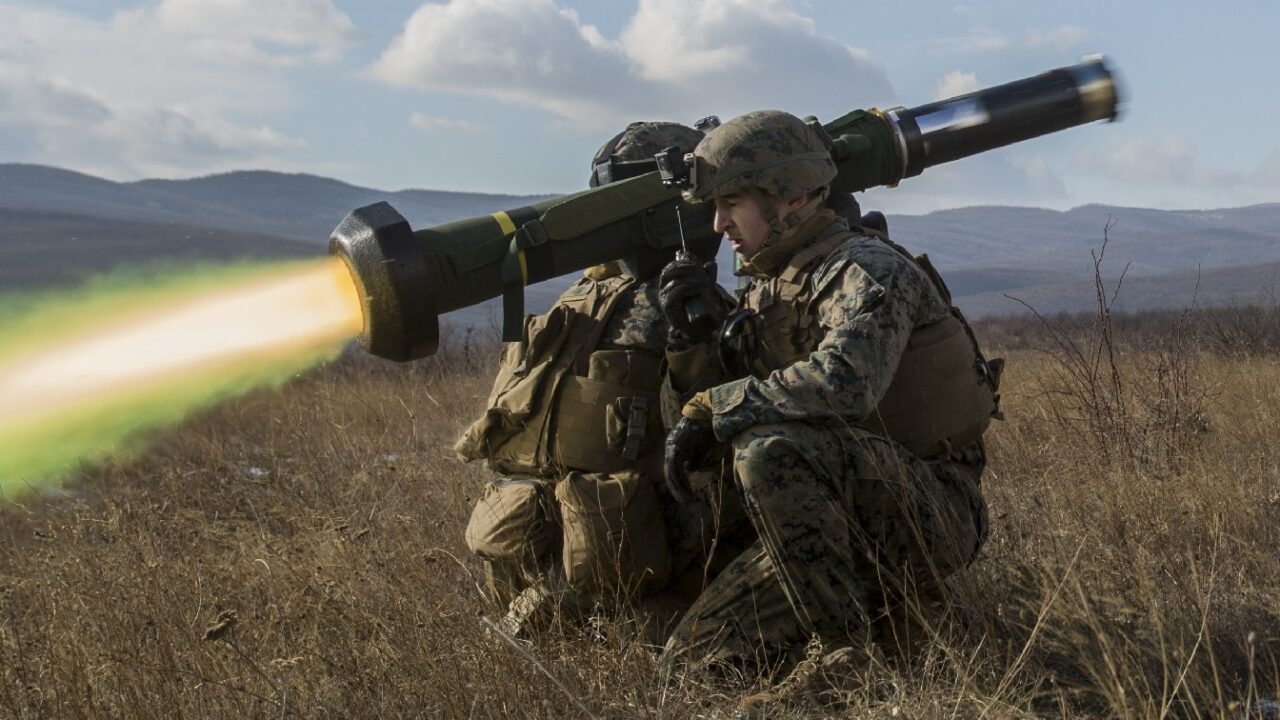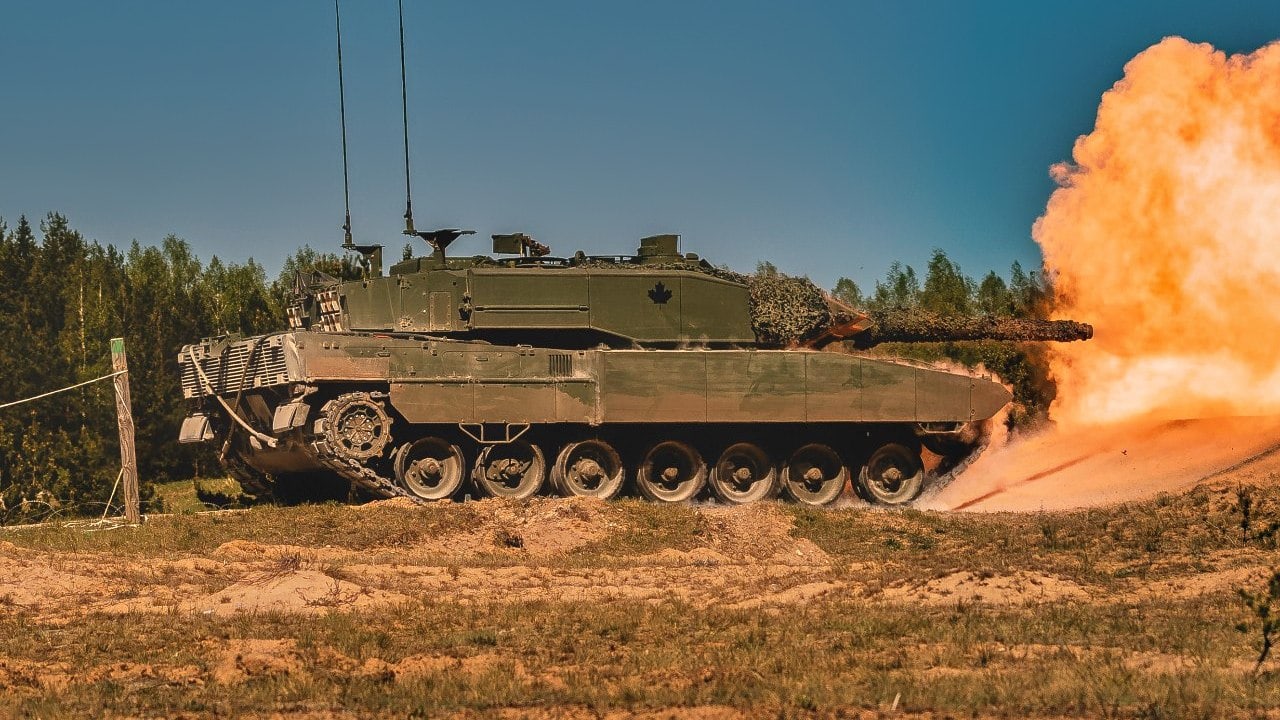As many expected after the second election of President Donald Trump, the US commitment to NATO is wavering.
Even if the United States does not leave NATO, its willingness to fulfill any Article V commitment in the face of a Russian attack has come into deep doubt.
Is the alliance likely to survive American indifference?
Probably. Enough of NATO’s core mission remains to justify the organization’s existence, whether or not US participation in the organization continues.
But as always the details are complicated.
The Purpose of NATO, Explained
Lord Ismay, first Secretary General of NATO, is said to have quipped that the purpose of the organization was to keep America in, Russia out, and Germany down.
Keeping America in may no longer be possible, and keeping Germany down is no longer relevant.
This leaves keeping Russia out. Russia’s invasion of Ukraine has indicated that Moscow has the will and capacity to wage an extended, large-scale war on its border.
It has also demonstrated that Russia cannot decisively win that war, even when the full might of NATO remains in reserve.
Alliances are about the aggregation of capabilities, the adding together of the forces of an entire continent to protect one or more victims from harm. Europe still has an interest in deterring potential Russian aggression and defeating Russian coercive diplomacy on its eastern front. Sometimes deterrence requires a word; sometimes it requires a soldier; sometimes it requires an armored division, and sometimes it requires a nuclear arsenal.
The European powers of NATO can provide that level of protection across the socio-economic community that they have created on the continent. Russia’s coercive diplomacy has worked much more effectively on those states excluded from NATO than on the organization’s members, one of the reasons Finland and Sweden so rapidly joined the alliance after Russia’s invasion of Ukraine.
NATO and the EU
The question of NATO’s relationship with the European Union will loom large. Reform of Europe’s defense industrial base, which remains tied to an antiquated model and antiquated politics, cannot happen within the strictures of NATO alone; it must involve the direct participation of the European Union. Europe must also prepare for a world in which technology cooperation with the United States is not as readily available as it has been in the past.
The EU, with its sophisticated mechanisms of governance, enables consequential economic decisions across the entire continent that will provide the basis for future European security policy.
Just as important, NATO includes three critical countries that the European Union does not; Canada, Turkey, and the United Kingdom are all part of the latter but not the former. All three of these countries are exceedingly important to European defense.
Turkey operates one of Europe’s largest and most well-regarded armies, as well as a suite of naval and air assets that match up well against Russia.
Canada commands the approaches to the Arctic and is an important military and industrial power in its own right.
The United Kingdom has its nuclear deterrent and a powerful (if limited) navy. Together these states cover Europe’s flanks, and consequently keeping them in the family is a critical security interest.
What Happens Now with NATO?
For the last seventy-five years Europeans have sought security, both military and economic, through multilateral institutions. A US abandonment of NATO would not change that arc.
And while a post-US NATO would share extensive mission-space with the European Union, it would also provide a distinct forum for linking Europe’s core with the states that constitute Europe’s flanks.

U.S. Marines fire the FGM-148 Javelin Missile during a live-fire range for exercise Platinum Lion at the Novo Selo Training Area, Bulgaria, Dec. 15, 2016. The exercise brought together eight NATO Allies and partner nations for a live-fire exercise aimed to strengthen security and regional defenses in Eastern Europe. Black Sea Rotational Force is an annual multilateral security cooperation activity between the U.S. Marine Corps and partner nations in the Black Sea, Balkan and Caucasus regions designed to enhance participants’ collective professional military capacity, promote regional stability and build enduring relationships with partner nations. (U.S. Marine Corps photo by Sgt. Michelle Reif)
Of course, institutions don’t always survive revolutionary change (and a US withdrawal would indeed be revolutionary). However, the requirement for security is still there, and NATO will likely continue to exist and perform that mission in some form.
About the Author: Robert Farley
Dr. Robert Farley has taught security and diplomacy courses at the Patterson School since 2005. He received his BS from the University of Oregon in 1997, and his Ph. D. from the University of Washington in 2004. Dr. Farley is the author of Grounded: The Case for Abolishing the United States Air Force (University Press of Kentucky, 2014), the Battleship Book (Wildside, 2016), Patents for Power: Intellectual Property Law and the Diffusion of Military Technology (University of Chicago, 2020), and most recently Waging War with Gold: National Security and the Finance Domain Across the Ages (Lynne Rienner, 2023). He has contributed extensively to a number of journals and magazines, including the National Interest, the Diplomat: APAC, World Politics Review, and the American Prospect. Dr. Farley is also a founder and senior editor of Lawyers, Guns and Money.

